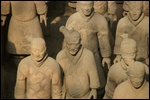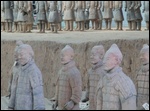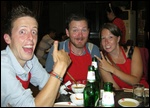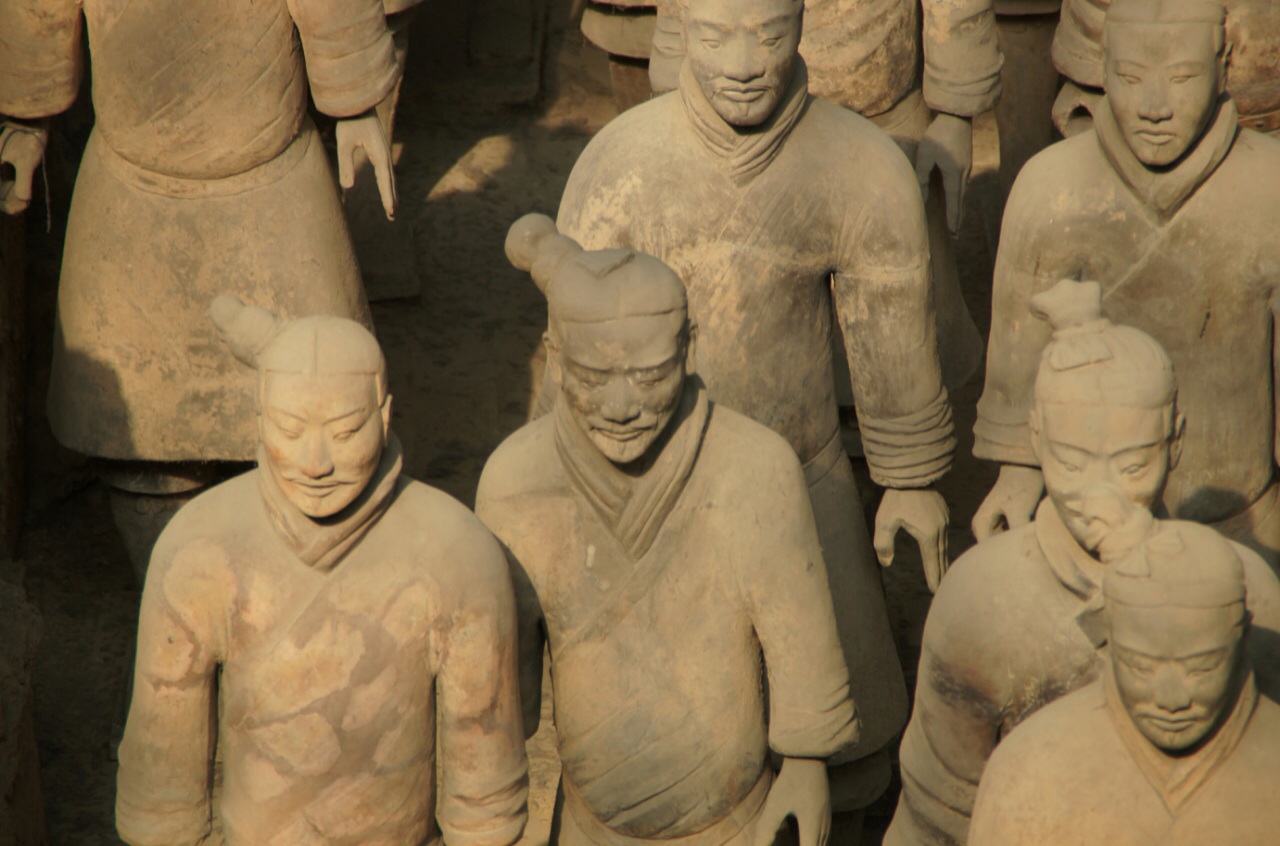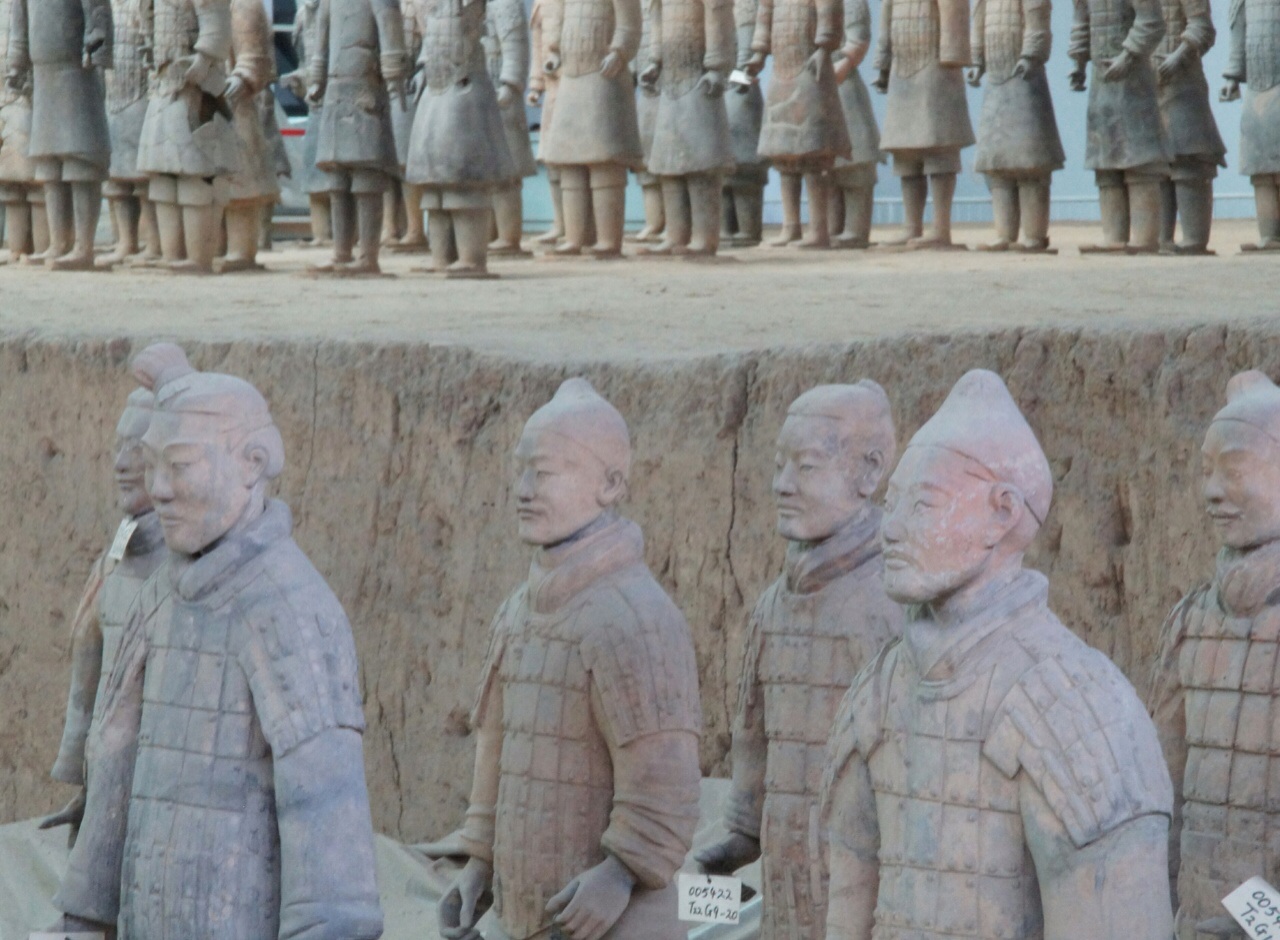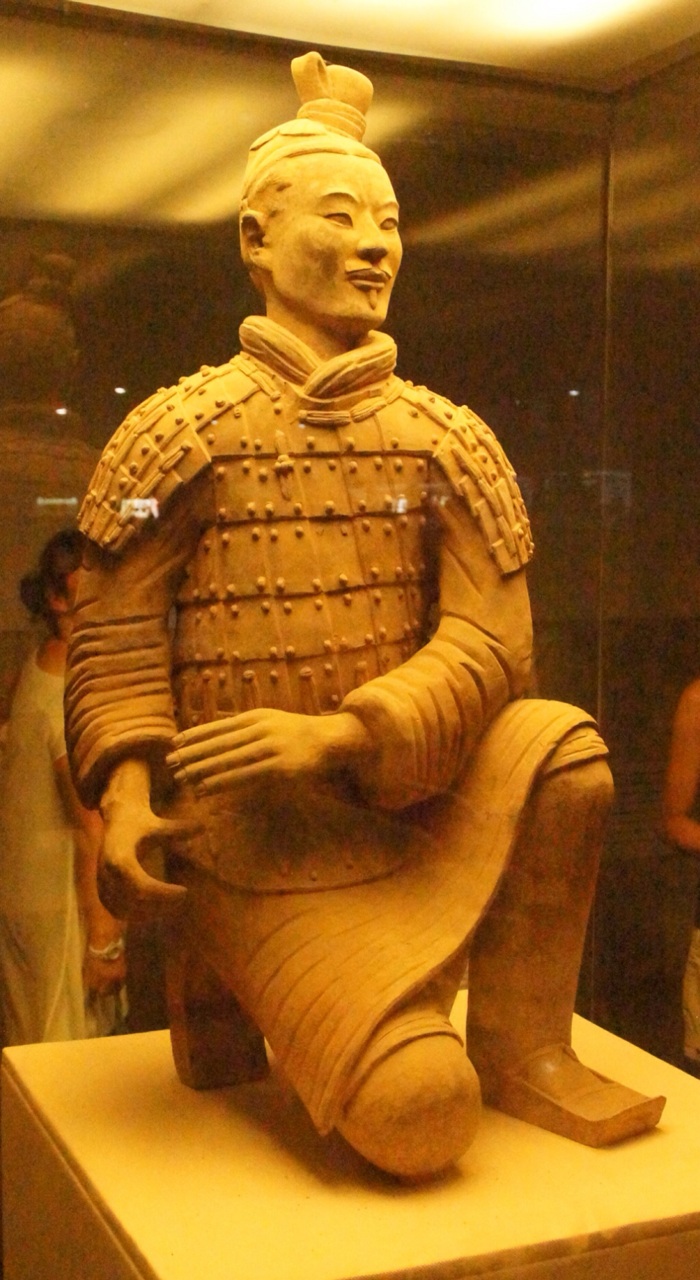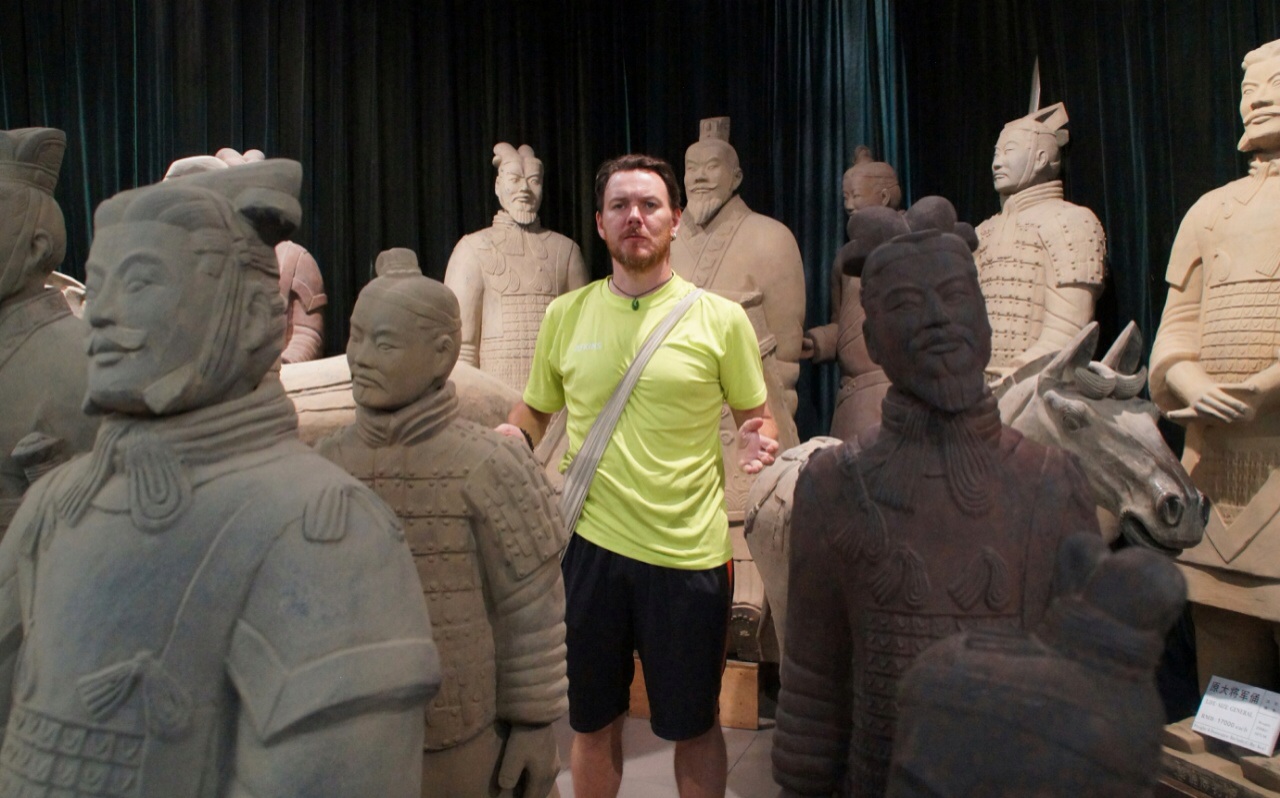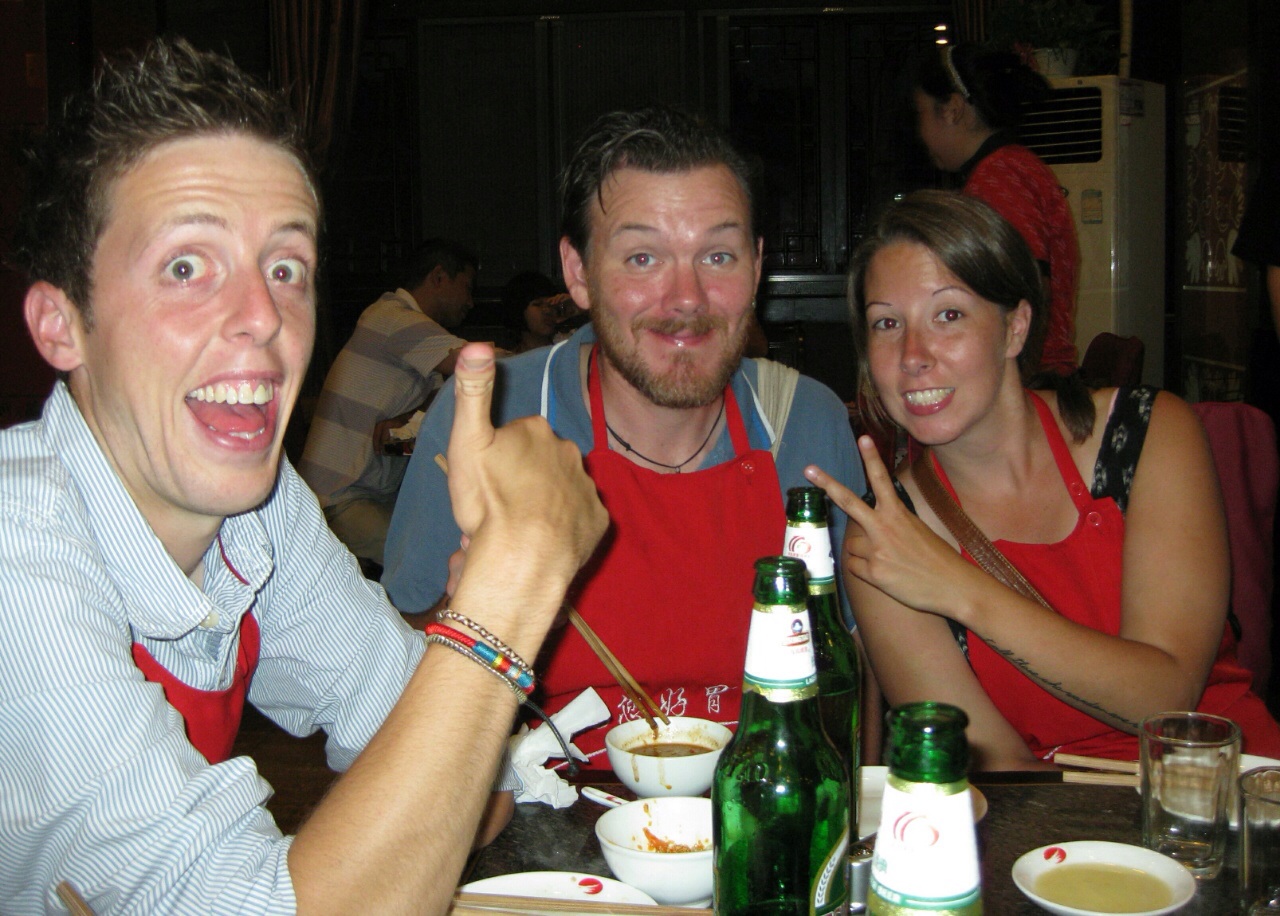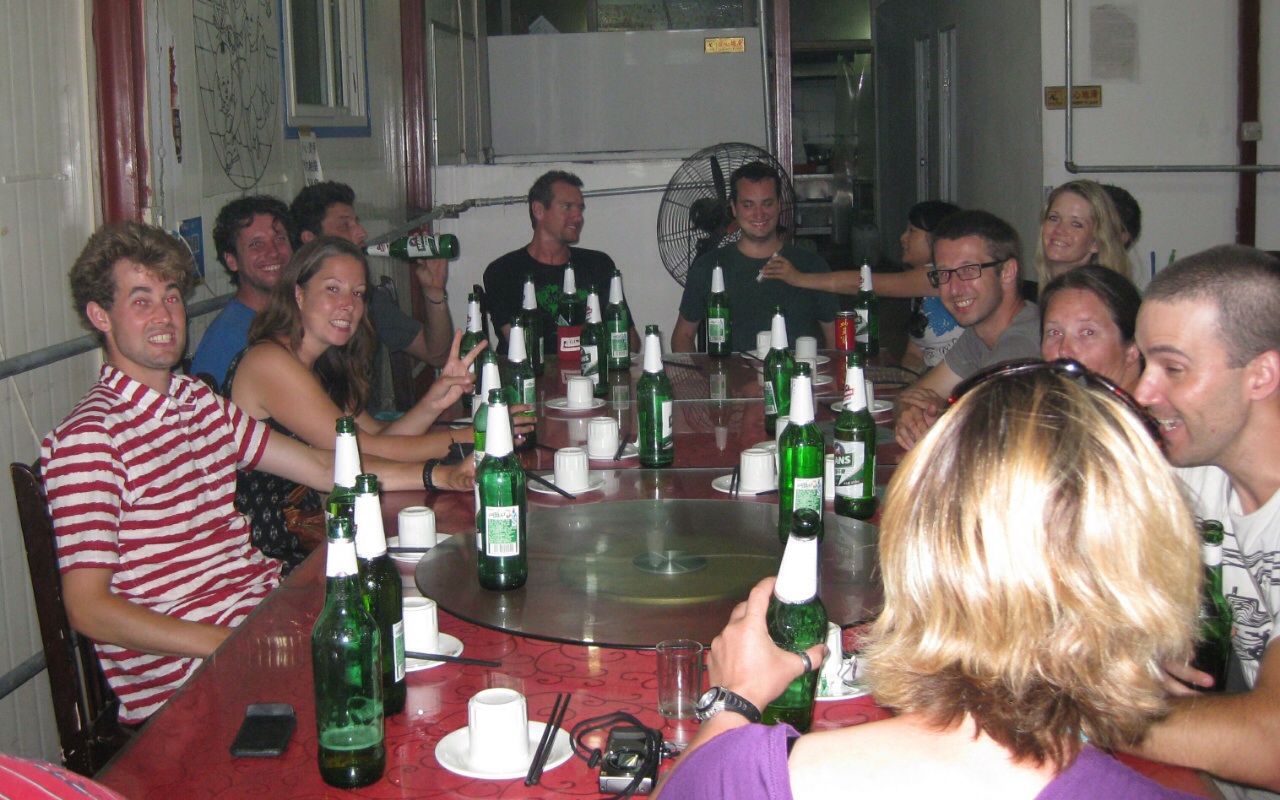On a long journey it's kind of impossible to be a hundred percent all the time, and on our way to our last China destination, Xi'an, I started to get a cold and a slight fever. Not too bad, but enough to opt for some rest and reading at the AC:ed hotel rather than aimlessly exploring yet another ancient walled city in the steaming heat. Nevertheless, as there were group dinners coming up and our band of merry travellers were to split up in all kinds of directions, I mustered the strength to join on a hotpot party. With two bubbling, boiling canisters in the middle of the table, one spicy and one really spicy, meat and veggies were added and cooked where we sat. Instead of a salad bar, there was a sauce bar, where people could mix and match however they desired to make the tastiest dipping sauce. Not to brag, but my sesame oil/chili oil/mushroom sauce/vinegar/salt/peanut kernel combo was probably the most exquisitelly wonderful sauce in the history of cuisine. Ever.
The year 1974, though in the Western world most notorious for me being born and Abba winning the Eurovision song contest, is in the Xi'an area most famed for the discovery of a bunch of clay men. While digging for water, a local farmer discovered what looked like a clay representation of a soldier, and the rest is, you know History, with a big H.
The site of the Terracotta Warriors is the biggest tourist attraction in China after Beijing and the great walls. Thousands upon thousands of umbrella-wielding Chinese tourists gather around the approximately 8000 pottery people and ponies every day, and upon spotting the impressive array of warriors it's easy to see why. The warriors are life-size representations of what the real imperial army would look like, in terms of clothing, weaponry and hairstyles. In addition, all of them have their own personality and facial features. There are no two warriors who are alike. Unless they happened to be identical twins, I suppose.
The two most important men behind this dizzying display were millennia apart; Emperor Qin Shi Huang (circa 200 BC), who ordered the creation of the warriors*, and the unnamed farmer who struck, eh, clay that day in 1974. An old man was signing a book on the discovery at the very day we were there. Whether that was the real discoverer or someone else completety is much like that traditional Chinese dish: Speculation is shifting.
Time had not been kind to the mudmen; all but one were already shattered upon detection and had to be repaired. Time also takes its toll on this traveller; After some two weeks in the Middle Kingdom, I arranged a taxi to the airport. A big breakfast was consumed, big because it was so good, big because I couldn't really know when my next meal would be, and big because I wanted a long time at the breakfast table in order to get the chance of timing to say so long, farewell, auf wiedersehen, goodnight! to all and sundry. And with that, I boarded the plane, ready to visit Seoul and of course, excited to see Cholong. Or, you know, terrified that I wouldn't, due to some horrible time/date mix-ups.
-----
*) And being responsible for some 700 000 poor workers dying while building his army and tomb
-----
